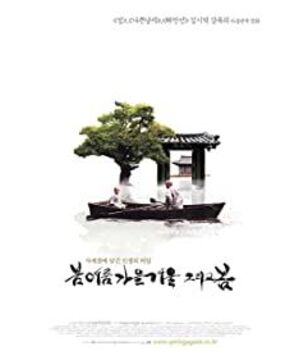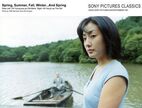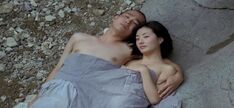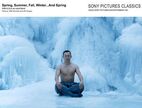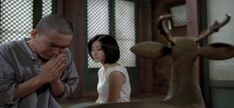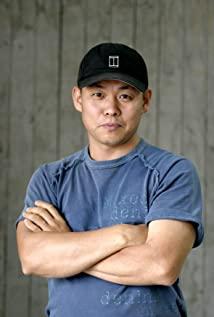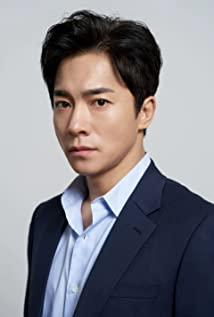, "winter to spring" by movie is divided into spring, summer, autumn and winter four pieces, and skillfully selected The
four stories of the young monk's "growth" childhood, "rebellious" youth, "harvest" middle age, and "enlightenment" old age correspond to these four stories, telling the Buddhist practice process. At the same time
to gradually convert the old monks and novices to show the role of the cycle of life.
Buddhism was introduced to Korea in 372 AD by Shun Dao monks from the pre-Qin period in China. At that time, Buddhism in China was still at the stage of fusion of Indian Buddhism and Chinese Buddhism. The Zen Buddhism that truly integrated Chinese thought would have to wait for Dao students born nearly a century later. Founded. Therefore, the orthodox Sangzong Buddhism that was introduced to Korea was also the story of Sangzong gradually becoming a Buddha. In spring, the young and middle-aged monk tied stones to fish, frogs, and snakes for fun, and committed killings until they died; in summer, the young monk was in adolescence and fell in love with the girl who went to the temple to recuperate. Eloping, committing sex precepts; Qiu, the little monk of that year has been married to the girl who eloped for many years. Because of the other party's improper behavior, he became jealous and hated. He committed the crime of murdering his wife and fled back to the temple. The police took it away.
According to Buddhism, "karma must be rewarded." The so-called "karma" is a thing of sentiment. Whether it is his actions, his words or even his thinking, it represents what his heart has done. This will produce its results, no matter how far away In the future, this result will be karma's retribution. If he can't see through this and get rid of the state of "ignorance", then he will not be free from the cycle of life and death and karma.
In "Spring Comes, Winter Goes", the killing precepts of spring and the sexual precepts of summer can be said to be "karma", while the killing of his wife in autumn is the result. The three chapters of Spring, Summer and Autumn talk about the cyclic relationship between karma and fruit. The last chapter of Winter is about "enlightenment." The monk who has returned from his sentence returns to the temple and drags a large stone in the winter and holds the Buddha statue with the master's relic, naked. Cross the frozen river and place the Buddha statue to the top of the mountain. In order to repay the karma that has been planted in this way and by one's own practice.
At the end of the autumn chapter, after the old monk sat on the boat, he swam out from the bottom of the boat like a small water snake. When winter came, the apprentice returned from serving his sentence and took the master's relic from the freezing boat and buried it in the statue of Buddha. The director heralds the birth of a new life and the reincarnation of life with the water snake. Through the relics, it also hinted that the old monk in the audience is already an eminent monk.
The image of the old monk in the film is also an eminent monk who has obtained the Tao through painstaking practice, and is no longer an ignorant being with greed, hatred and love. In this way, he has cultivated the karma to get rid of the cycle of life and death, and together with the "nothing", he has reached the state of Nirvana, that is, he has become a Buddha. The disciples took out many relics from the boat where the old monk was sitting, which also proved this point. Relics are quite rare and only left after the eminent masters who have successfully practiced sitting. Since the old monk has become a Buddha, he is free from the pain of reincarnation of life and death. Although the romanticism of turning into a water snake really makes us and the audience warm, it contradicts the previous narrative of the old monk becoming a Buddha. The biggest failure of the film.
View more about Spring, Summer, Fall, Winter... and Spring reviews


